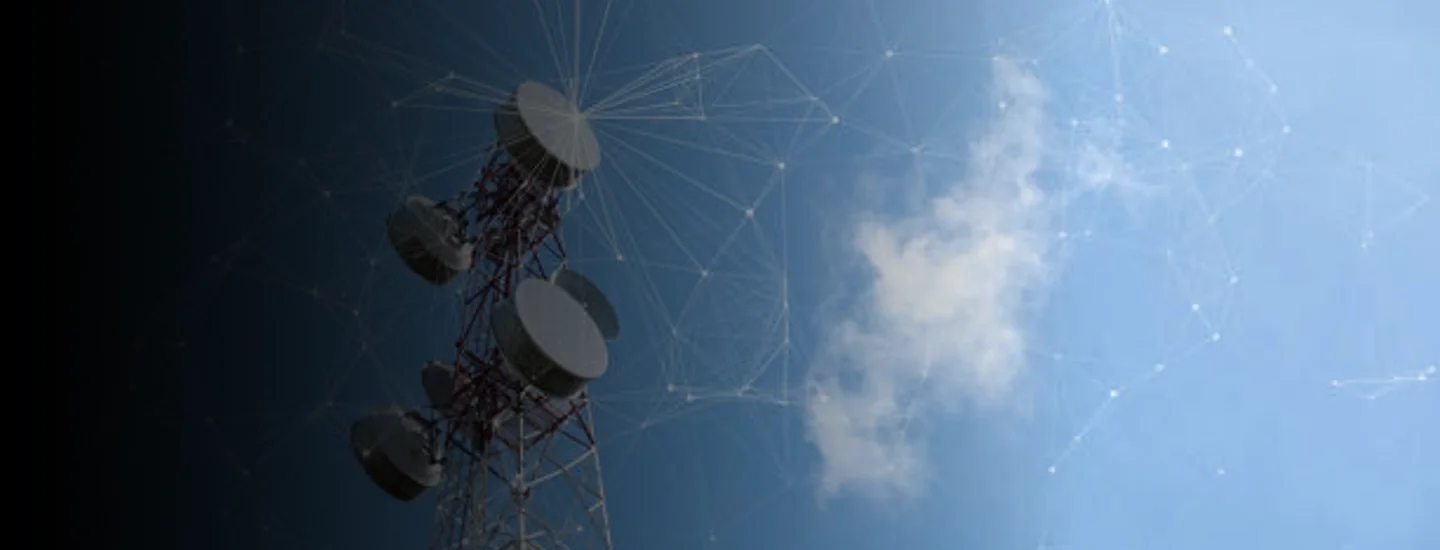For an industry grappling with flat revenue forecasts, and rising operating expenses, the rising energy costs has created further pressure on telecom operators.
Some telecom operators will see their energy costs increase to 8-12% of Opex in 2023/2024. This will be primarily driven by three factors: hedged positions ending in 2023/24, the continuing increase in mobile network traffic, and the limited legacy decommissioning anticipated in 2023 (AlixPartners, Telecommunications: Energy Cost Optimisation, 2023).
This is not only a cost challenge for telecom operators but also has huge carbon consequences as energy consumption will continue to grow with increased consumer demand and exponential growth in data usage
In the UK, a single mobile consumer typically consumes on average ~250GB of mobile traffic every year (equivalent to watching 80-100 HD movies). Fast forward to 2026, and the expected data usage more than doubles – increasing to ~500GB. To put that in terms of emissions, this will result in a 2.3x increase in CO2, from 0.7Mn tonnes in 2022 to 1.5Mn tonnes in 2026. This will impact the ESG and carbon goals for many operators, 92% of whom highlighted sustainability and energy efficiency as very, or extremely important, to their network transformation strategy.
So, how can telecommunication providers be more strategic in their approach to fundamentally address these issues, reduce energy costs, and support environmental goals all at the same time?
Tactical and Strategic levers: Savings potential and Implementation lead time
Timing is of the essence - deploying impactful solutions within realistic timeframes:

Tactical levers are table stakes
Operators still need to ensure they have explored all the possible tactical levers and ensure rigorous deployment across the entire network. Some of these tactical levers include:
- Powering down equipment at night (TRXs/Channel Cards) when traffic is low
- Using solar-powered batteries that charge during the day
- Increase HVAC temperatures, repositioning the HVAC, and adopting other cooling methods (positive pressure cooling)
- Use of sensors to optimise cooling
Strategic implementation as a game changer
But the real focus should be on exploring and deploying strategic levers. Here is where the biggest sustainable step changes will be made in reducing energy consumption and cost. Strategic options include:
1. Create a demand-supply interlock of traffic to strategically build and power capacity as required
Align traffic demand with capacity-build plans, challenging traffic assumptions by sites/clusters, and reduce unprofitable traffic demand on the networks by rationalising commercial propositions. For examples ‘all you can eat’ data packages (especially on mobile broadband). The industry needs to train consumers to pay for high levels of usage and carbon emissions
2. Decommissioning legacy infrastructure at paceto drive cost reductions on multiple fronts, especially energy
Ensure mobile traffic moves to fewer technologies (decommission 2G/3G networks) and decommission legacy switches/technologies in the core network (incl. copper networks) that drive heavy energy consumption
3. Accelerating migration of on-premises IT infrastructure to the cloud
Consolidate and rationalise IT application estate, and associated hosting costs (e.g. data centre space, power for racks etc.) before moving to the cloud. This also reduces the need for High Voltage Air Conditioning systems in line with reduced on-premise IT estate
4. A step change in Network sharing (e.g. Optimising network sharing to the full extent, incl. MOCN) to help with further cost reductions and cheaper network rollouts
Pool spectrum with other operators (to the extent allowed by local market regulators), to drive spectrum efficiencies and reduce energy consumption, especially from load balancing during peak traffic
So, which approach should I take?
From our analysis, those who deploy a mix of strategic and tactical levers will fare the best from a cost and environmental impact perspective – effectively reducing energy consumption by estimates of 40-50% (gross)/15-25% (net, including the impact of increased traffic).
By way of example, a 15-25% reduction in energy consumption for mobile services in the UK would free up energy to power circa. 130,000 households.
In summary, a clear focus on short-term, high-impact deployments will alleviate near-term cost impacts and support environmental goals, but those companies who look two steps ahead and plan for the future will see the greatest success.

If you would like to learn more about our approach to energy cost optimisation, or how we are supporting our telecommunication clients through disruption, get in touch.


